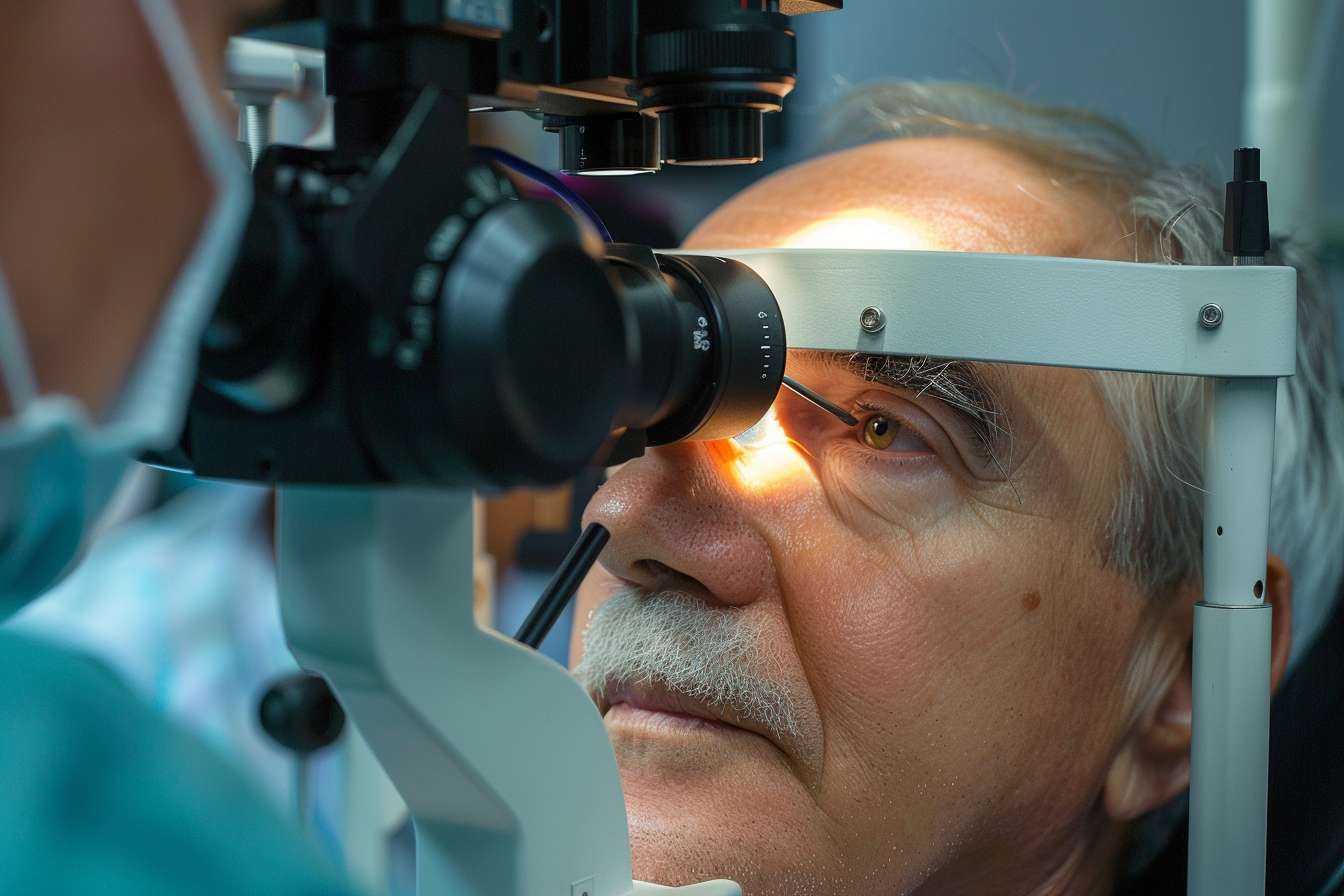What To Know About Osteoporosis and Lower Back Ache
Osteoporosis is a condition that affects bone density and strength, making bones more fragile and susceptible to fractures. While it can impact various parts of the body, the spine is particularly vulnerable. Lower back ache is often one of the first noticeable symptoms of osteoporosis, especially as the condition progresses. Understanding the connection between osteoporosis and lower back pain is crucial for early detection and management of this common bone disorder.

What is Osteoporosis?
Osteoporosis is a skeletal disorder characterized by decreased bone mass and deterioration of bone tissue. This condition leads to increased bone fragility and a higher risk of fractures, particularly in the hip, spine, and wrist. The term “osteoporosis” literally means “porous bone,” reflecting the way affected bones become less dense and more brittle over time. It is often called a “silent disease” because bone loss occurs without symptoms until a fracture happens.
Understanding Osteoporosis and Its Impact on the Spine
The spine is composed of vertebrae, which are individual bones stacked on top of each other to form the spinal column. In people with osteoporosis, these vertebrae can become weakened and compressed, leading to a loss of height and a curved, stooped posture known as kyphosis. This compression can cause significant pain and discomfort in the lower back area. Additionally, the weakened vertebrae are more prone to fractures, which can occur even during routine activities such as bending or lifting.
How Osteoporosis Causes Lower Back Ache
Lower back ache associated with osteoporosis typically develops gradually as the disease progresses. As the vertebrae in the spine weaken and lose density, they may begin to collapse or compress. This compression can lead to chronic pain, particularly in the lower back region. The pain may worsen with activity and improve with rest. In some cases, sudden, severe back pain can occur if a vertebra fractures, a condition known as a compression fracture. These fractures can happen spontaneously or as a result of minor trauma that wouldn’t normally cause a fracture in healthy bones.
Recognizing Symptoms Beyond Lower Back Ache
While lower back ache is a common symptom of osteoporosis, it’s important to be aware of other signs that may indicate the presence of this condition. These symptoms can include:
-
Loss of height over time
-
A stooped or hunched posture
-
Shortness of breath due to compressed lung space
-
Bone fractures that occur easily, especially in the hip, spine, or wrist
-
Neck pain due to changes in the upper spine
-
Limited mobility and range of motion
Recognizing these symptoms early can lead to prompt diagnosis and treatment, potentially preventing further bone loss and reducing the risk of fractures.
Diagnosing Osteoporosis in Relation to Lower Back Pain
Diagnosing osteoporosis in the context of lower back pain involves a comprehensive approach. Healthcare providers may use a combination of methods to assess bone density and determine the cause of back pain. These diagnostic tools may include:
-
Bone density scans (DEXA scans): These specialized X-rays measure bone density in various parts of the body, including the spine.
-
X-rays: While not as sensitive as DEXA scans for detecting early bone loss, X-rays can show fractures or vertebral compressions.
-
Physical examination: A healthcare provider may check for signs of height loss, posture changes, or spinal curvature.
-
Medical history review: Factors such as age, gender, family history, and lifestyle habits are considered.
-
Blood tests: These can help rule out other conditions that may cause similar symptoms.
Early diagnosis is crucial for effective management of osteoporosis and prevention of further complications, including chronic lower back pain.
Managing Osteoporosis-Related Lower Back Ache
Managing lower back ache caused by osteoporosis involves a multifaceted approach aimed at strengthening bones, reducing pain, and preventing fractures. Strategies may include:
-
Lifestyle modifications: Regular weight-bearing exercise, proper nutrition, and maintaining a healthy weight can help support bone health.
-
Fall prevention: Making home modifications and improving balance can reduce the risk of falls and fractures.
-
Pain management techniques: These may include physical therapy, heat or cold therapy, and appropriate pain relief methods recommended by a healthcare provider.
-
Posture improvement: Exercises and techniques to improve posture can help alleviate strain on the spine.
-
Assistive devices: In some cases, braces or supports may be recommended to provide additional spinal support.
It’s important to work closely with healthcare providers to develop a comprehensive management plan tailored to individual needs and circumstances.
In conclusion, understanding the relationship between osteoporosis and lower back ache is essential for early detection and effective management of this condition. By recognizing the signs and symptoms, seeking proper diagnosis, and implementing appropriate management strategies, individuals can take proactive steps to maintain bone health and improve their quality of life. Regular check-ups and open communication with healthcare providers are key to staying ahead of osteoporosis and its potential impact on spinal health.
This article is for informational purposes only and should not be considered medical advice. Please consult a qualified healthcare professional for personalized guidance and treatment.




